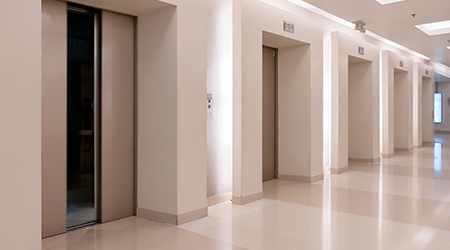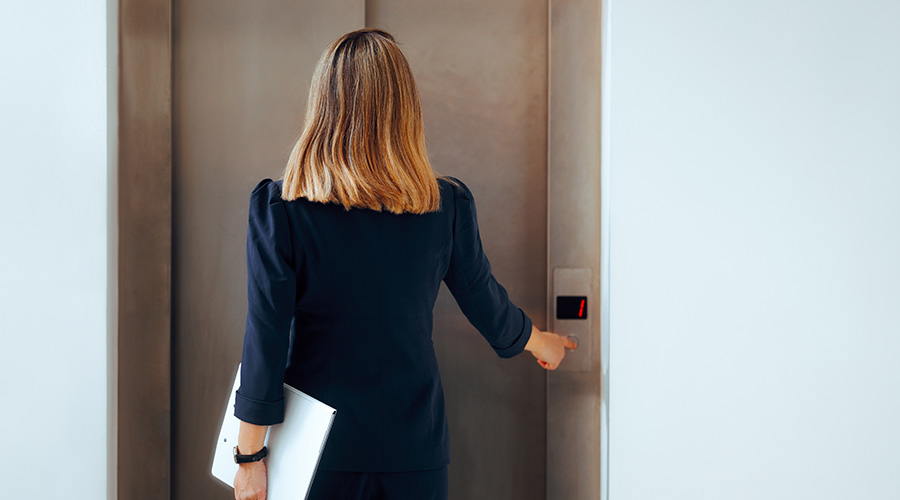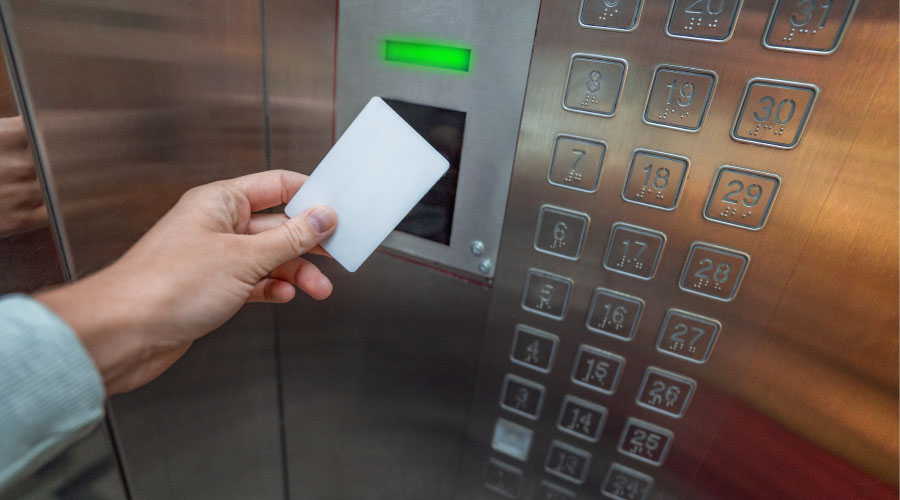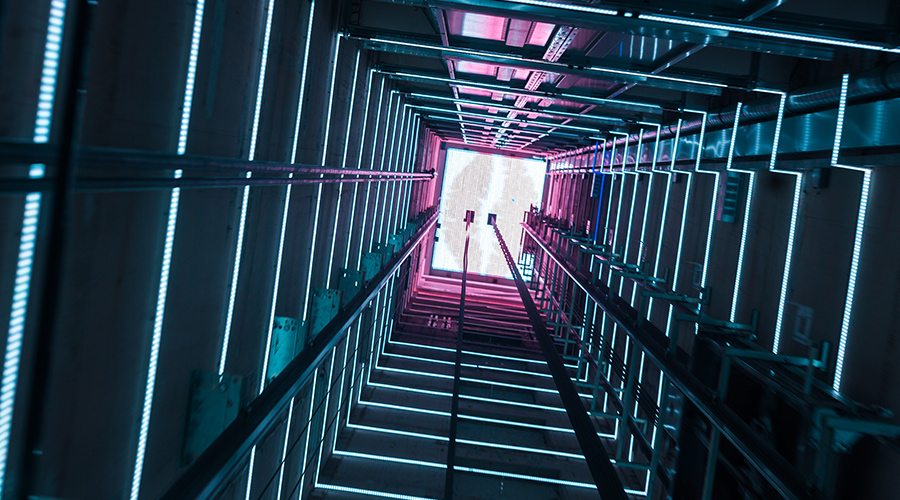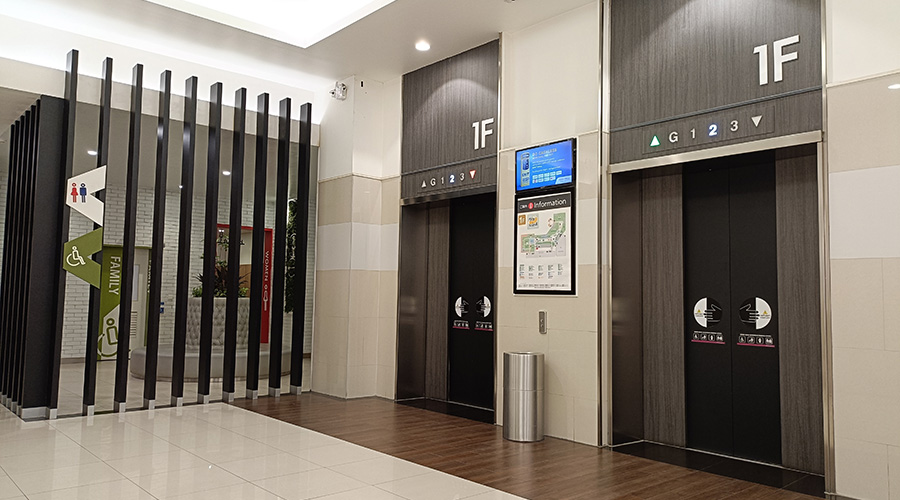Making Elevator Modernization Decisions
Elevator systems are typically one of the first building systems tenants or visitors encounter after entering a building. The impression they receive from this initial contact either reinforces and enhances the psychological expectations created by a positive visual lobby experience, or it negates them. Given the importance of elevators to current and prospective tenants, elevator modernization decisions can be an important tool for owners in differentiating their properties from the competition. These decisions involve a number of important issues, relating to tenants, competing properties, and elevator technologies.
Current and projected tenant requirements are an important consideration in any elevator modernization program, as is the elevator technology and condition in competitive properties in the area. Evaluating these factors is the first critical step in planning because it represents a significant capital expenditure for a property. Proper analysis and planning at this stage ensures the proper selection of elevator equipment and in particular, the proper elevator control and drive systems to ensure the long term leaseability and enhance the property's asset value.
Key Technology Choices
One of the most important decisions at this stage is whether to install one of today's modern destination-selection control systems. These systems offer a host of features, including extremely sophisticated traffic-handling capabilities, direct access to any floor where not all elevators in a given group serve all floors, enhanced tenant security, sophisticated interfaces to building security turnstiles, and directory touch screens in the tenant lobby. In addition, there are transparent added-value features such as discrete VIP service and the ability to improve service for mobility-impaired tenants and visitors. The latter individuals can be directed to a specific elevator when the destination-selection system is combined with security turnstiles in the main building lobby.
The majority of conventional elevator systems around the world use up and down call buttons to summon elevator cars for passengers. This somewhat antiquated system typically results in longer wait periods and inefficient extended travel times for passengers. During peak periods, particularly early mornings, passengers can be seen huddling around elevator doors waiting for the next elevator to arrive. Destination-based elevators, or destination-selection control systems, are changing how we use and modernize vertical transit and are quickly becoming the industry standard when we modernize buildings with three or more elevators, making older buildings more competitive.
With destination-selection control, passengers choose a destination floor on terminals located in the elevator lobby or in a corridor adjacent to the elevators. Passengers are grouped together depending on their destinations and the elevator controller system dispatches the most efficient car available, optimizing average waiting time and time-to-destination for passengers. The optimization process groups together riders traveling to the same floors. Passengers are then instructed on which elevators to enter. Other optimization functions include the relative importance of wait time versus transit time, energy conservation, and the reduction of longer waiting periods.
Destination-based elevators offer substantial benefits for passengers as well as property owners and managers. Passengers generally gain shorter time to destination, less crowding, and noticeably quicker rides with fewer stops. For owners and managers, the systems create better functioning properties, reduce operating and energy costs, and improve the marketability of the buildings with potential clients. Destination-selection control systems, when applied in an office environment, offer improved handling capacity during the morning up-peak traffic condition and may enhance leasing flexibility, for example, by making it possible to assign tenants or their clients to different elevators than other tenants or their clients.
Close-Loop Door Operators
An additional technology that should be considered when modernizing an elevator system is the use of closed-loop door operators. The average elevator door opens and closes 200,000 times annually, and more than 70 percent of all elevator repair calls involve elevator doors. A closed-loop system continually monitors the speed and position of the elevator doors and compares the data to predefined open and close profiles. The system applies varied force as needed when opening and closing the doors as well as the entire motion profile, including acceleration and deceleration, to match the predefined profiles. Closed-loop systems are unaffected by wind, rain, temperature changes, seasonal barometric pressure changes resulting in a "stack effect," and small debris in the track, thus increasing door reliability. Additionally, door components will be subject to less wear as the system prevents doors from slamming shut due to changing environmental conditions.
Related Topics:








